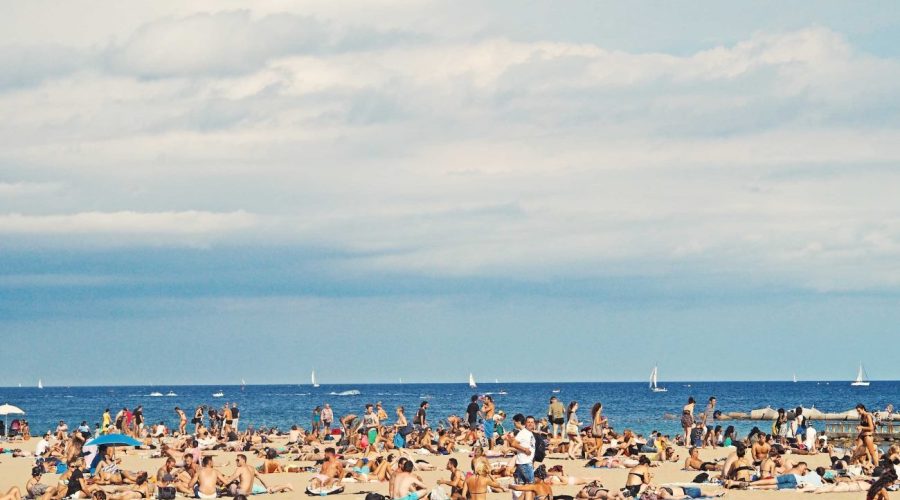Alternative Living Ideas: Embrace a Sustainable and Fulfilling Lifestyle
Introduction
Welcome to the House of Alternative Living! If you want to break the norm, let go of unsustainable, negative things and take on a more sustainable, happy life, you’re in the right place! In this article we will delve into various alternative living ideas that are just ideal for beginners.
What is Alternative Living?
Alternative living is all about alternative living where people challenge the traditional social norms and live a sustainable, self-sufficient, minimalist and less impact on the environment kind of life. This strikes a new note on how to do the housing, food, transportation and the consumption in general.
1. Tiny Houses
Downsizing and living in a tiny house has long been a popular alternative living idea. A small set of small dwellings that come in under 500 square feet are financially and environmentally sustainable. Custom built and designed to utilize space efficiently, while causing minimal damage to the environment, tiny houses are usually built.
2. Off-Grid Living
Disconnecting from the public utilities such as Electricity and Water supply is what living off grid entails. The point of this alternative living, is promotion of autonomy and self sufficiency. Off grid living has solar panels, rainwater, harvesting systems and composting toilets.
3. Homesteading
Homesteading is living a self sufficient life where you are doing everything for yourself, raising livestock and growing your own food and applying all things on the land you have. The concept of this alternative living is quite organic farming, preserving food and living back to nature.
4. Co-Housing
If co-housing is done for families, it is a community based alternative living idea in which individuals or families share common spaces, kitchens, and resources. At the same time, it creates cohesion, and it cuts costs and the environmental toll while doing so. Typically, sustainable building practices, and the sharing of responsibilities of their day-to-day lives are common in co-housing communities.
5. Minimalism
Minimalism is not just about having or living in a small house and getting rid of most possessions. It’s a mindset of an intentional life, an intentional living, an intentional decluttering. You will provide yourself with more freedom and fulfillment by letting go of unnecessary material possessions and give yourself space to experience things, as well as helping reduce environmental impact.
6. Van Life
Van life encompasses converting a van into a home on wheels and staying in it, living on the go, with all the luxuries of a stationary home. It provides the ability to live differently, on the move, and with a very simple way of living. Those who are avid to be van lifers have often found themselves taking remote work or freelance opportunities in order to maintain their nomadic lifestyle.
7. Community Gardens
Individuals without land can still have a space to grow produce in community gardens. It creates a community, helps with sustainable production of food, and a chance to learn from experienced gardeners.
8. Sustainable Transportation
Sustainable transportation choices resulting in alternative living include biking, walking, and using public transportation. Cutting out the car and increasing activity and reducing reliance on it will benefit you in a variety of ways, such as the carbon footprint, saving money, and more.
Benefits of Alternative Living
In the case of alternative living, you will realize that it comes with so many benefits, such as:
- Reduced environmental impact
- Lower monthly expenses
- Increased self-sufficiency
- Greater connection to nature
- Stronger sense of community
- Improved physical and mental well-being
Enhanced creativity and resourcefulness
You Will Find Your Path in Alternative Living
It’s exciting to explore alternative living ideas, but it’s also essential to find the way that fits best to your values and goals. But think about your lifestyle preferences, budget and how much self-sufficient you’d like to be.
Research and Educate Yourself
Learn about different alternative living options and research them well. Read books, documentaries, as well as people that already live alternative lifestyles. The more you learn, the easier your ideal path will be to find.
Change Little and In Gradual Increments
Don’t feel overloaded to begin with making drastic changes. Start by thinking small and incorporating small sustainable practices into your daily life: composting, cutting down on waste, beginning a small herb garden, etc. Try to build habits that align with your life’s goal.
You should join online communities and local groups.
To engage with such alternative living, I think it is invaluable to connect with people in this same rabbit hole. Engage in activity in online communities; forums; social media groups, to mingle with people that have the same interests as you. Build relationship and get inspired at your local events and meetups.
Embrace the Journey
Now remember, alternative living is a journey. If you do make a mistake, that’s okay, it’s good you learn along the way. Be open-minded, be adaptable and enjoy the process of creating your own life style.
Conclusion
Alternative living offers a refreshing approach to life. Every choice you make to live in a tiny house, embrace off the grid living or in a minimalist lifestyle brings benefits. Instead, focus on stepping towards sustainability, self sufficiency, minimalism, which means a life grounded in your values and a positive influence to the planet.
Table of Contents



